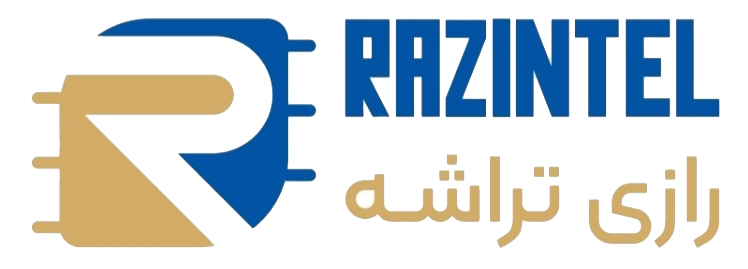How Vibration Sensors Work
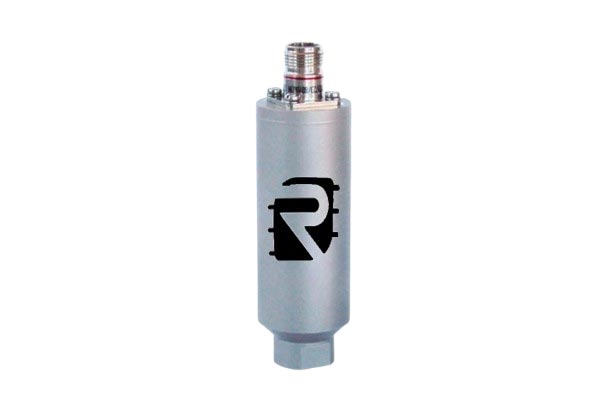
Vibration sensors are essential devices used to detect and measure vibrations in various systems and machinery. They work by converting mechanical motion into electrical signals, which can then be analyzed to determine the magnitude, frequency, and characteristics of the vibrations. This conversion is achieved through the use of specialized sensing elements, such as piezoelectric materials, which generate an electrical charge when subjected to mechanical stress, or accelerometers, which measure changes in acceleration. These sensors are crucial in applications where monitoring vibrations is necessary for maintenance, quality control, and safety, including industrial equipment, automotive systems, and even medical devices. By analyzing vibration patterns, they can help identify potential issues such as imbalances, misalignments, or wear and tear, preventing costly breakdowns and ensuring the smooth operation of machinery.
How Secure Element Work
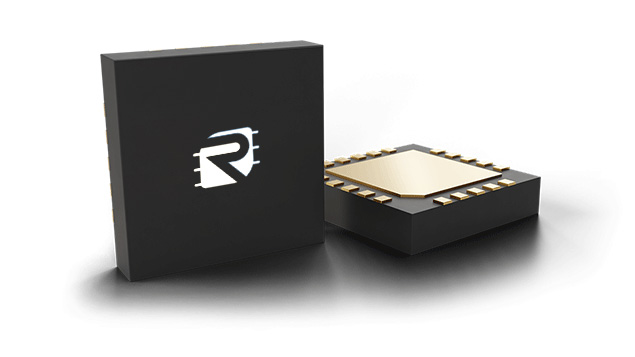
A Secure Element (SE) is a specialized, tamper-resistant chip that securely stores and processes sensitive data, like cryptographic keys and payment information, protecting it from malware and other attacks.
Vital Sign Solutions
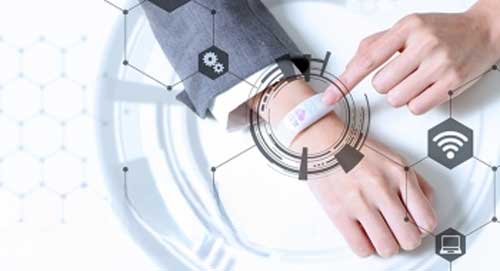
Vital sign monitoring solutions utilize advanced sensor technology to continuously track essential physiological parameters such as heart rate, blood pressure, oxygen saturation, and respiratory rate. These solutions play a crucial role in healthcare, fitness, and remote patient monitoring by providing real-time data that helps detect abnormalities and improve overall health management. With the integration of AI and IoT, modern vital sign monitoring systems offer enhanced accuracy, predictive analytics, and seamless connectivity to medical platforms.
Anomaly Detection in Time Series
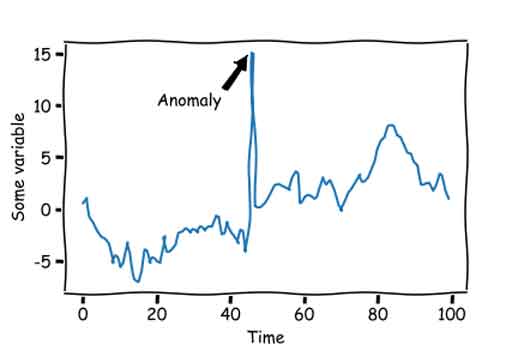
Anomaly detection is a technique used in data analysis to identify patterns or data points that deviate significantly from what is expected or considered normal within a dataset. By monitoring these deviations, anomaly detection helps to spot irregularities, such as fraud, system failures, or unexpected behavior, that may indicate underlying problems or opportunities. This method is widely applied in various fields, including cybersecurity, finance, healthcare, and industrial monitoring. It can be used to detect issues in real-time, providing early warnings for proactive measures, thus improving decision-making and enhancing system reliability.
LoRa vs. NB-IoT
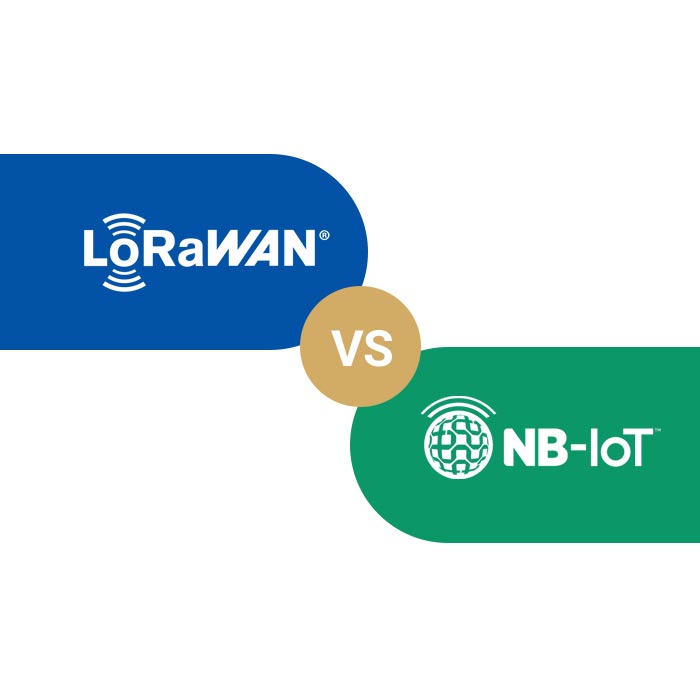
The IoT revolution is in full swing, and LoRaWAN and NB-IoT are two dominant low-power wide-area network (LPWAN) technologies leading the charge. These long-range, low-bandwidth wireless solutions might seem complex, but they are the foundation of next-generation IoT applications.
From asset tracking in warehouses to smart farming and city-wide IoT networks, LoRaWAN and NB-IoT offer unparalleled connectivity. While short-range options like Zigbee and Bluetooth exist, they simply can’t compete with the extended range and multi-year battery life of LPWAN technologies. Whether you choose LoRaWAN’s open architecture or NB-IoT’s cellular integration, both deliver exceptional performance, transforming the way IoT devices communicate and operate.
LoRa Network
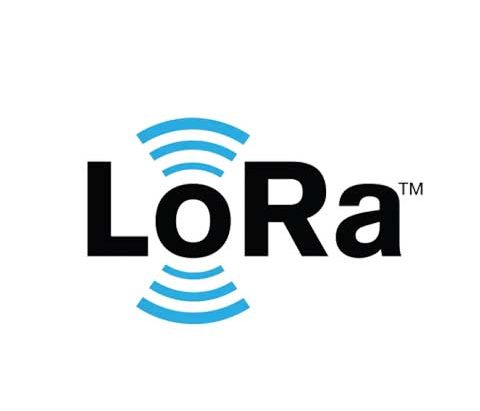
LoRa™ is a low-power wide-area network (LPWAN) technology enabling long-range, energy-efficient wireless communication over ISM radio bands. It supports secure two-way data transmission, making it ideal for IoT applications and smart city solutions.
TPMS Solutions

A Tire Pressure Monitoring System (TPMS) is an advanced technology designed to automatically monitor the condition of vehicle tires. TPMS continuously tracks tire pressure and, in some cases, temperature, using either direct sensors installed inside the tires or indirect methods based on wheel speed data.
By providing real-time alerts about low tire pressure or abnormal conditions, TPMS enhances driving safety, fuel efficiency, and tire longevity. This system helps prevent accidents caused by underinflated tires, improves vehicle handling, and reduces carbon emissions by maintaining optimal tire pressure.
NB-IoT Network
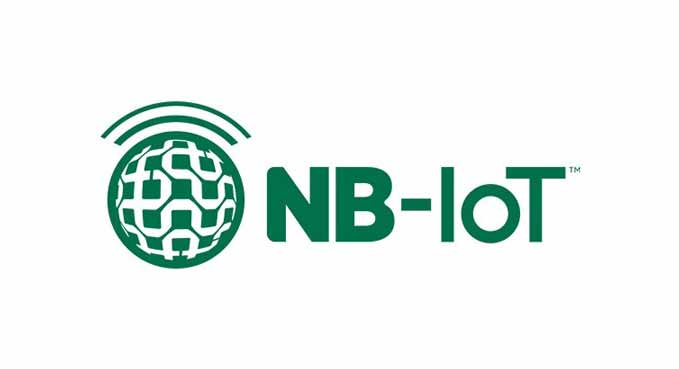
NB-IoT (Narrowband Internet of Things) is a low-power, wide-area network (LPWAN) technology designed for efficient communication between IoT devices. It operates on licensed spectrum, providing secure and reliable connectivity with deep indoor penetration and extended battery life. NB-IoT is ideal for applications such as smart metering, asset tracking, environmental monitoring, and industrial automation, offering cost-effective and scalable solutions for large-scale IoT deployments.
